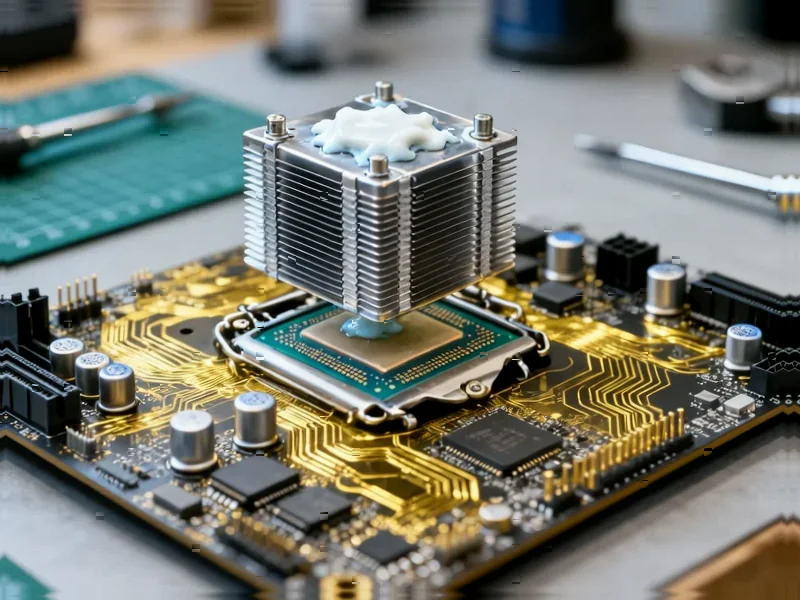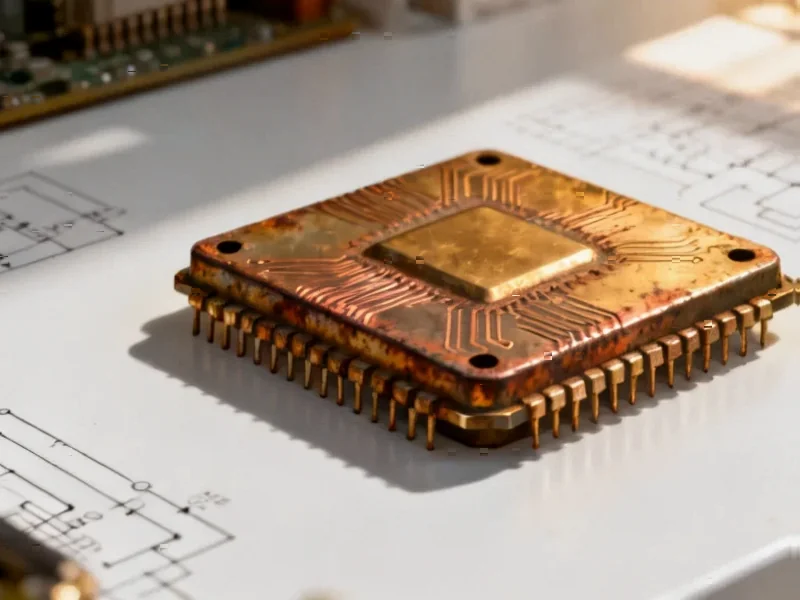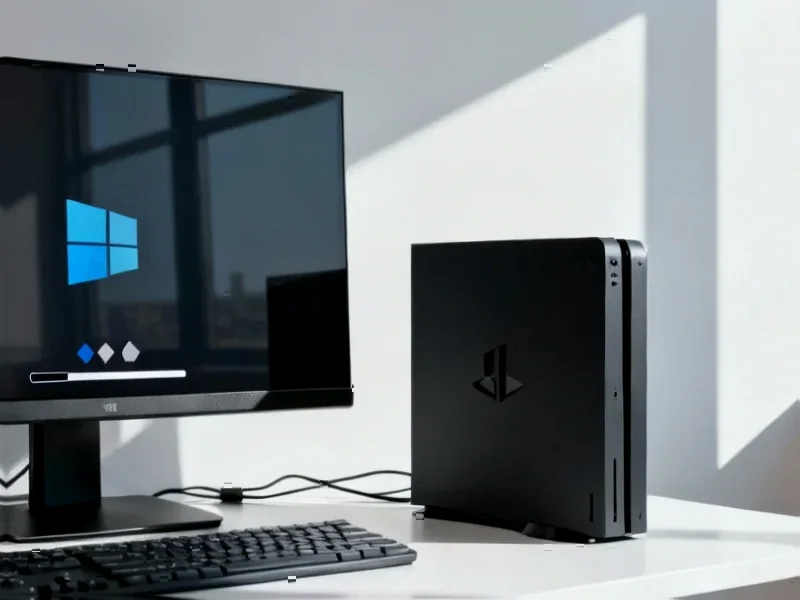According to Guru3D.com, AMD has officially confirmed that its upcoming Medusa and Venice processors will feature Zen 6 architecture, ending months of speculation. The announcement came from AMD Fellow Raj Kapoor and AMI’s Boot Firmware VP during the 2025 OCP Global Summit, revealing that Venice represents AMD’s next-generation EPYC server processors built on TSMC’s 2nm process with planned 2026 availability alongside the openSIL framework debut. For consumers, the Zen 6-based Ryzen series carries the Medusa codename, split into Medusa Ridge for desktops and Medusa Point for laptops, with openSIL support scheduled for first half 2027 and likely CES 2027 launches. Medusa Ridge will maintain AM5 socket compatibility, offering upgrade paths for current Ryzen motherboard owners, though ASUS and MSI’s announced support remains theoretical with hardware still in early development. This confirmation reveals AMD’s strategic timeline through 2027.
The Open Source Firmware Revolution
AMD’s commitment to openSIL framework implementation represents a fundamental shift in how enterprise computing platforms are managed. While the source focuses on timing, the real story is how this open-source silicon initialization layer could disrupt the entire server firmware ecosystem. For enterprise customers, this means potentially breaking free from proprietary firmware dependencies that have historically locked them into specific vendors and complicated multi-vendor deployments. The transparency could also accelerate security auditing and reduce firmware-level vulnerabilities that have plagued enterprise infrastructure.
Socket Compatibility Economics
The decision to maintain AM5 socket compatibility for Medusa Ridge desktop processors isn’t just a convenience feature—it’s a calculated economic strategy. By extending motherboard lifespan across multiple CPU generations, AMD is directly addressing one of Intel’s historical weaknesses: frequent socket changes that force complete platform upgrades. For consumers and system builders, this creates unprecedented value retention for AM5 motherboard investments. More importantly, it signals AMD’s confidence in their platform’s longevity and thermal design, suggesting the AM5 socket has sufficient headroom for Zen 6’s power and performance characteristics despite being several generations old by 2027.
Enterprise vs Consumer Divergence
The staggered rollout timeline—enterprise Venice in 2026 versus consumer Medusa in 2027—reveals AMD’s strategic prioritization. Enterprise customers get first access to Zen 6 benefits, reflecting the higher margins and competitive pressures in the server market where AMD continues battling Intel for datacenter dominance. The one-year gap also allows AMD to refine the architecture based on enterprise deployment experience before consumer launch. This approach mirrors Apple’s strategy with their silicon, where professional-grade hardware often debuts before consumer variants, ensuring stability and performance optimization for the most demanding use cases first.
Industry Ecosystem Implications
The partial support announcements from ASUS and MSI, despite hardware being in early development, highlight the delicate dance between component manufacturers and platform partners. Motherboard vendors are essentially making forward commitments based on architectural briefings rather than physical hardware testing. This creates both opportunity and risk—early market positioning versus potential compatibility issues if final silicon specifications diverge from initial projections. For smaller motherboard manufacturers, this early announcement cycle could create competitive pressure to commit resources to platform development without certainty about market reception or technical requirements.
TSMC Process Node Advantage
While the source mentions TSMC’s 2nm process for Venice server processors, the implications extend beyond simple performance per watt metrics. AMD’s continued partnership with TSMC at the leading edge gives them manufacturing consistency across their product stack, from consumer Ryzen to enterprise EPYC. This contrasts with Intel’s mixed foundry strategy and could provide AMD with supply chain stability and yield advantages. The 2nm process specifically positions Venice to compete aggressively in power-constrained environments like cloud deployments and edge computing, where efficiency often outweighs raw performance in total cost of ownership calculations.
Market Timing and Strategic Positioning
The 2026-2027 timeline places AMD’s Zen 6 architecture squarely in the middle of what could be a transformative period for computing. By 2027, AI workload requirements will have evolved significantly, and AMD’s architectural decisions today will determine their competitive positioning against not just Intel but also ARM-based competitors and specialized AI accelerators. The continued AM5 compatibility suggests AMD believes traditional CPU architectures still have substantial headroom, while the enterprise-first approach indicates where they see the most immediate competitive threat and revenue opportunity in the coming computing landscape.




